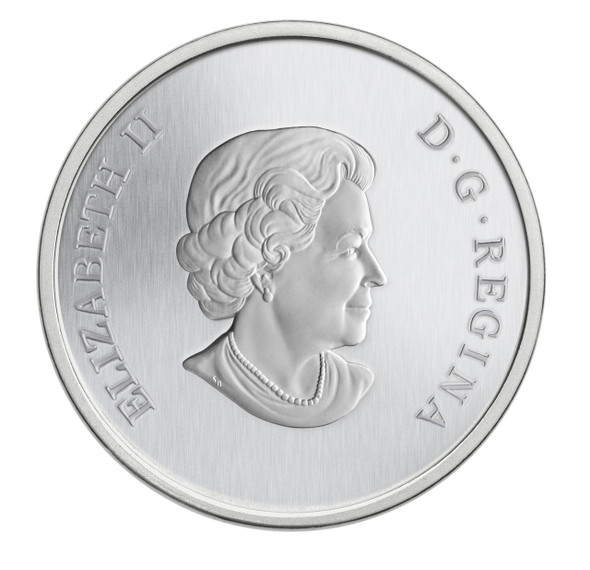Description
Theme:
Canada in bloom
Flowers appeared on Earth about 130 million years ago—and their arrival was dramatic, transforming a monochromatic world of green ferns and cone-bearing trees into a rainbow of colour. Much more than good looks, flowers are critical to life on Earth. They grow on almost 90% of Earth’s 260,000 known vascular plant species. In Canada alone, some 4,000 different species of flowers burst into bloom every year from east to west—even on the northernmost tundra during the brief Arctic summer.
Description:
This coin is the first issue in an exciting new series that brings a magnified perspective to an all-time favourite theme—flowers. By their very nature, flowers are best celebrated with colour, and this coin has been selectively coloured in painstaking detail to showcase the beauty of the yellow and orangey-red flowers that bloom on the eastern prickly pear; a surprising cactus indigenous to Canada that grows on the nation’s southernmost point—Point Pelee in Ontario.
Canadian artist Claudio D’Angelo has created a stunning close-up of the eastern prickly pear’s summer bloom—with colour expertly added to the design to showcase the beauty of this yellow and orangey-red flower in remarkable detail.
Special Features:
- The first coin in the Royal Canadian Mint’s exciting new series features a gorgeous close up of a Canadian cactus; the rare and endangered eastern prickly pear—in colour. The reverse image fills the entire face of the coin in full colour.
- The ideal gift for gardeners, botanists as well as nature and flower enthusiasts eager to celebrate Canada’s floral treasures.
- This coin comes with a unique beautiful custom box that allows you to view the full coloured image of the flower as nature intended it to be!
Item Number:127291
UPC:6-23932-05106-5
Face Value:25 cents
Mintage:17,500
Composition:Cupro-nickel
Diameter (mm):35
Edge:Plain
Finish:Specimen
Certificate:Serialized
Artist:Claudio D’Angelo
Complete Certificate Text:
Canada in bloom
Flowers appeared on Earth about 130 million years ago—and their arrival was dramatic, transforming a monochromatic world of green ferns and cone-bearing trees into a rainbow of colour. Much more than good looks, flowers are critical to life on Earth. They grow on almost 90% of Earth’s 260,000 known vascular plant species. In Canada alone, some 4,000 different species of flowers burst into bloom every year from east to west—even on the northernmost tundra during the brief Arctic summer.
When people think of Canada, rarely will a cactus come to mind; but cacti do indeed grow in the land of snow and ice. Of Canada’s few winter-hardy cacti, the eastern prickly pear (Opuntia humifusa) is of particular interest because it can only be found in one location—Point Pelee in Ontario, the nation’s southernmost point with the sandy habitat, sunshine and warmth necessary for its growth.
The eastern prickly pear is a low-spreading cactus with large, round pads that are covered with long, sharp spines and tiny, hard-to-see barbs. Its name is inspired by its green, pear-shaped fruit that turn red as they ripen in autumn. From June to August, the eastern prickly pear is also covered with large, yellow and orangey-red flowers that are so attractive people take the cactus home to plant in their own gardens. This practice, plus habitat loss are the greatest threats to this endangered plant.
Cacti are often viewed as troublesome weeds, but they are important to the overall health of ecosystms. They prevent soil erosion during droughts or heavy grazing, and conserve moisture from rain and snow. Cacti provide food for a variety of wildlife, including birds, rabbits, gophers, squirrels and deer. First Nations people were also known to eat the eastern prickly pear’s fruit and to use its spines for fishing, and its juice to preserve the designs they painted on wood and buckskins.
















